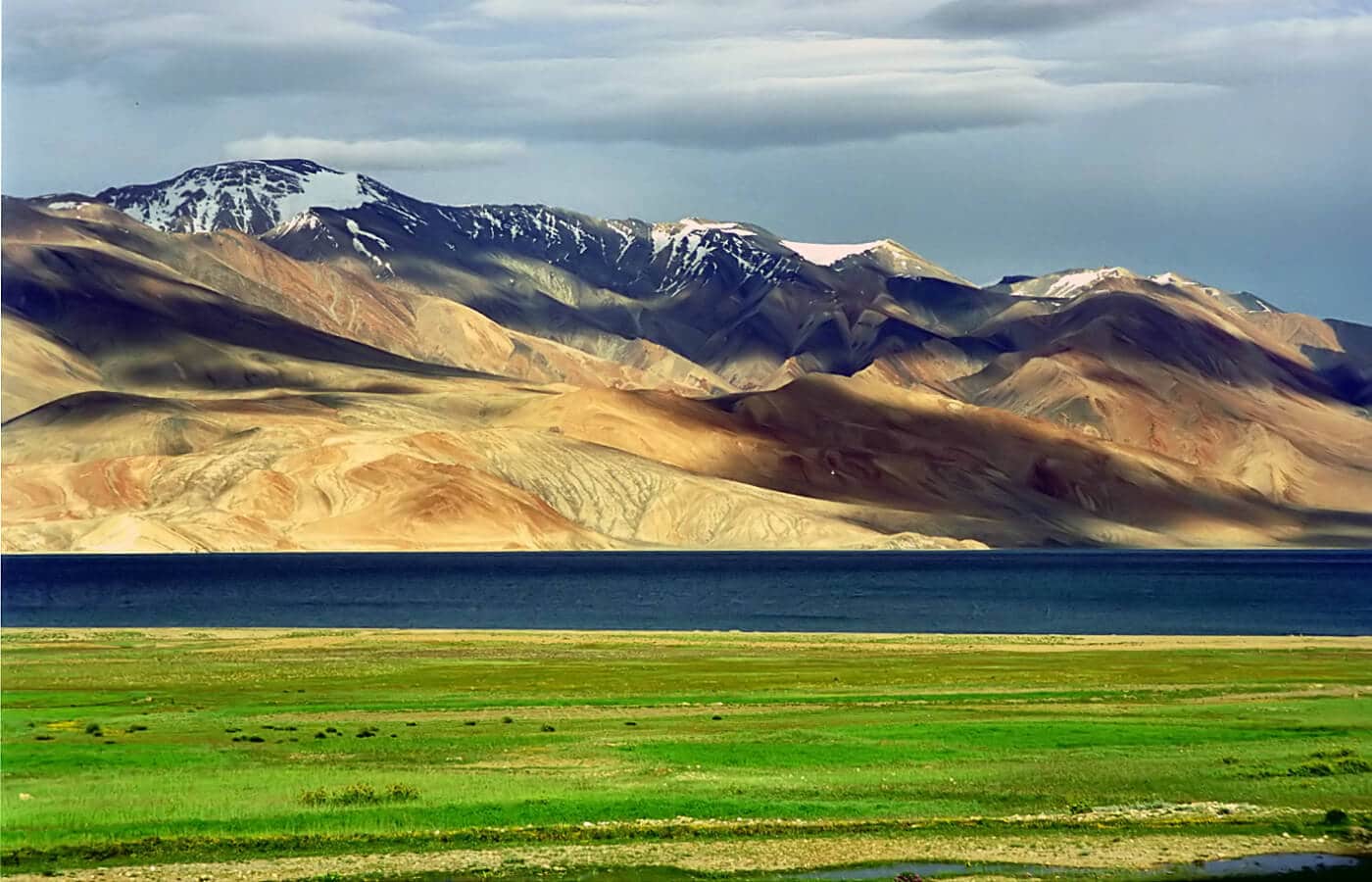Must-see attractions: Shanti Stupa, Leh Palace, Hall of Fame, Magnetic Hill
Leh is one of the world’s highest permanently inhabited towns. Situated at a height of 11,550 feet, it’s one of the joint capitals of Ladakh and also its largest city. Leh has some of the most mesmerising sights to offer to tourists worldwide. There is the Leh Palace, which stands as a proud symbol of Leh’s cultural heritage. The palace is renowned for its medieval Tibetan architecture and presents a panoramic view of the surrounding region. While you’re in Leh, discover the mysterious magic of Magnetic Hill and ride camels in Nubra Valley. You can also embark on the Chadar Trek where you get to walk on the frozen Zanskar River.
Must-see attractions: Kargil War Memorial, Munshi Aziz Bhat Museum, Mulbekh Monastery, Suru Valley
Kargil is one of the two districts that make up the region of Ladakh. It’s the union territory’s second-largest town and serves as the administrative headquarters of the Kargil district. Along with Leh, Kargil is the joint capital of Ladakh. While Kargil might be popular for the Kargil War of 1999, there is so much more to discover here, right from its ancient monasteries to the awe-inspiring natural wonders. Visit the Kargil War Memorial, which was built in honour of the brave soldiers who died fighting for the country during the Kargil War. You can indulge in a variety of adventurous activities in Kargil, such as trekking, camping, and river rafting.
Must-see attractions: Hemis National Park, Hemis Monastery, Stakna Gompa
Hemis is a village in Ladakh located 40 km southeast of Leh. It can be found along the Leh-Manali Highway. Make sure to visit the Hemis National Park, which is a high-altitude national park. Covering an area of more than 4,400 sq km, the park houses 16 species of mammals and 73 species of birds. Another popular tourist attraction to visit here is the Hemis Monastery, which was re-established by King Sengge Namgyal in 1672. Several popular treks have their starting point in Hemis, including the Hemis Markha Valley trek and Stok Kangri trek.
Must-see attractions: Diskit Gompa, Hunder Sand Dunes, Yarab Tso Lake, Maitreya Buddha Statue
The village of Diskit in Ladakh is the administrative centre of the Nubra Valley. Nestled in the Diskit village is the renowned Diskit Monastery, which forms a part of the Nubra Valley, and is the oldest and largest Buddhist monastery in the valley. The statue of the Maitreya Buddha is visible throughout the village of Diskit.
If you’re looking for destinations in Ladakh that are a little offbeat and haven’t yet caught the eye of tourists everywhere, then you can check out these quaint villages:
Tar: Located in a remote area of Ladakh is a village named Tar, a destination that passes through a striking valley and can only be reached by walking. The isolated village is home to about 80 people and 13 families. Tourists often visit Tar during early autumn and the short summer season and stay with the locals so as to experience the traditional Ladakhi way of living. The residents have created a system wherein each family benefits during the tourist season. This means dividing the accommodation of guests among each household so that everyone gets to earn through the earning of homestays.
Turtuk: Turtuk is one of the northernmost villages in the country. Perched between the Karakoram Range and the Himalayas, it lies close to the Line of Control (LOC) between India and Pakistan. It’s one of the few villages in India that houses the Balti people in the country. The region remained inaccessible to tourists till 2010, and is now home to over 4,000 residents. Visit the Balti Heritage House and Museum, which is a 140-year-old museum that offers an insight into the history and culture of the Balti people. The other spots to visit in Turtuk are the Turtuk Monastery and Brokpa Fort.
Likir: Likir is a village in Ladakh which is an eponymous subdivision in the district of Leh. Pay a visit to the Likir Monastery or Likir Gompa, a monastery belonging to the Gelugpa sect of Tibetan Buddhism. Situated approximately 50 km west of Leh, it sits at a height of 3,700 metres. The monastery was founded in 1065 by Lama Duwang Chosje, as commanded by Lhachen Gyalpo, the fifth king of Ladakh. The monastery is also called ‘Lu Khyil’, which translates to ‘water spirits’. The name is a reference to the bodies of the serpent spirits or Naga Rajas, Nanda and Takshaka.
















